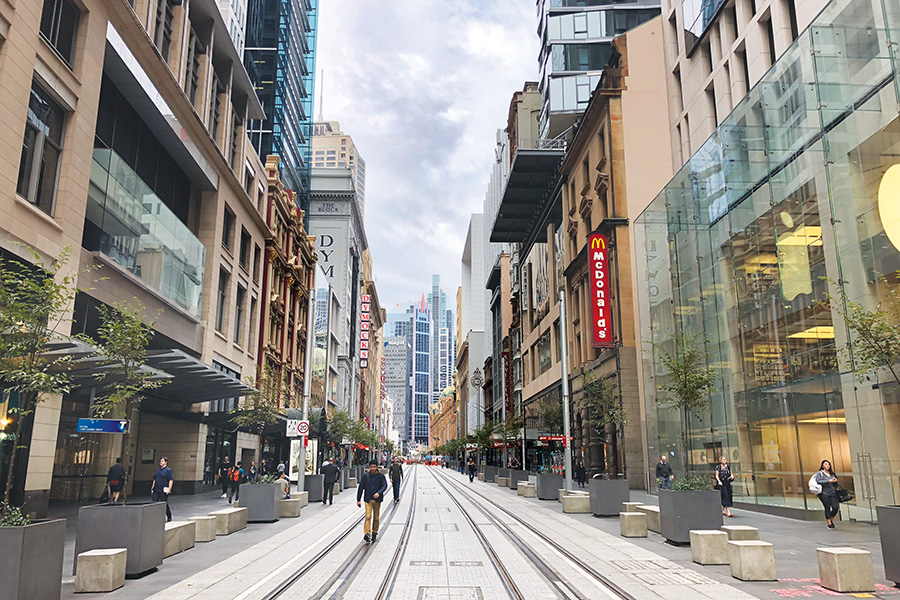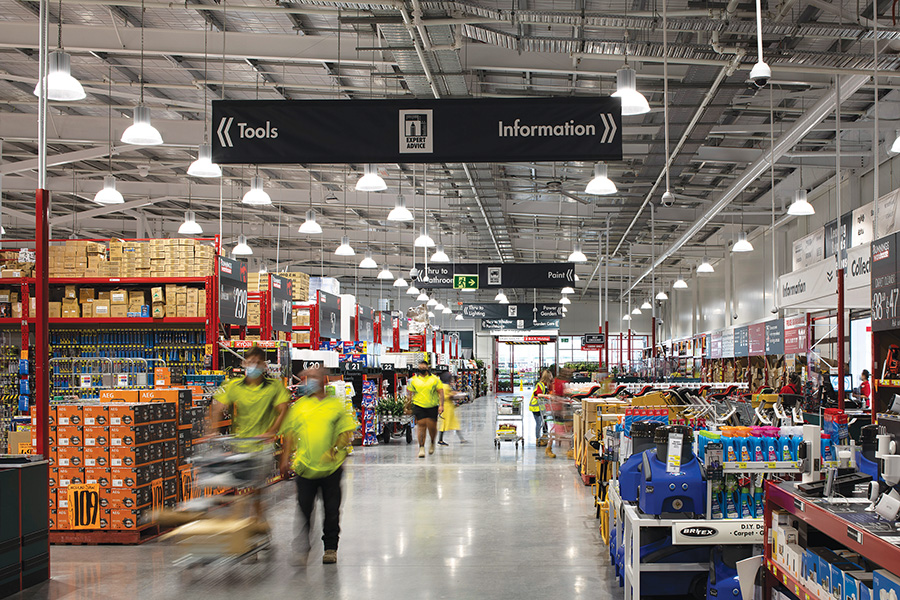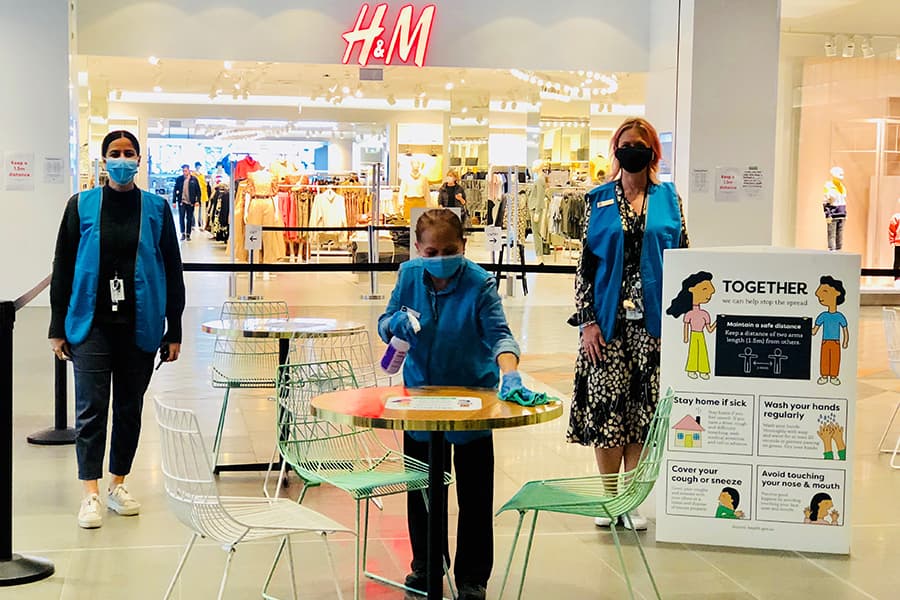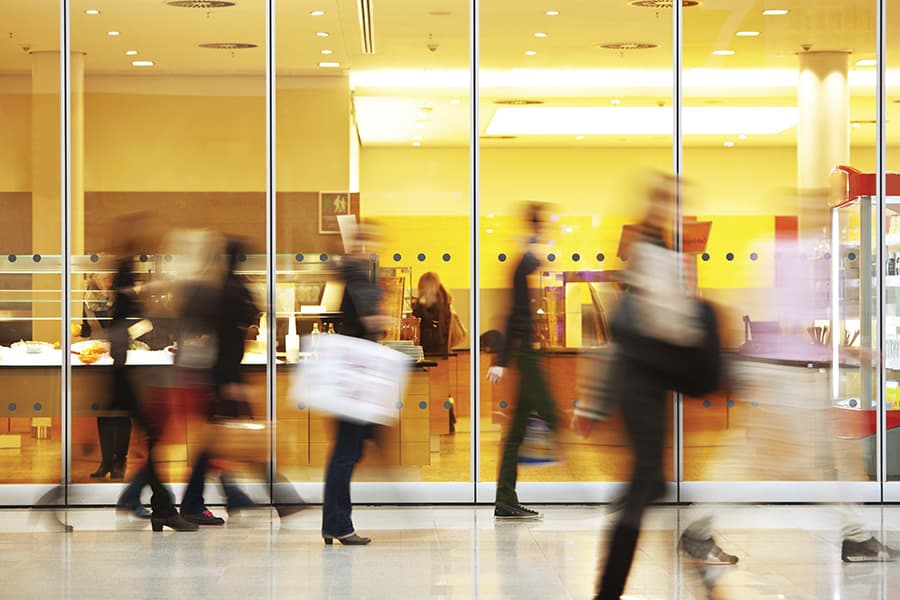The completion of Sydney’s new George Street Boulevard is sparking a major shift in the city’s retail landscape, with the once renowned grid-locked strip fast becoming a retail powerhouse.
While still under construction, the new light rail and associated pedestrianisation of George Street is already having a significant impact on the city’s retail sector – as highlighted by rental rates on the strip.
In the three years since plans were finalised to introduce light rail and transform George Street into a pedestrian-only thoroughfare, prime rents on the renowned thoroughfare have outperformed other prime CBD locations by more than 10% per annum.
As George Street becomes more established as a retail destination, it will undoubtedly start to compete with Pitt Street Mall as the city’s major shopping hub.
In the ten years to 2027, prime rents on George Street are forecast to experience a net rental increase of 55% in comparison to other prime locales in the CBD – equating to a 110% total rental rise over this period.
The uplift in rents and subsequent property values, in addition to the completion of light rail infrastructure and public domain upgrade, will attract more high-end retail tenants that will be able to meet these greater rent demands.
Historically, George Street has not been considered an attractive central spine, with retailers during the past ten years paying on average a 211% premium to be located on Pitt Street over other prime locations on George Street.
By contrast, over the same period retailers in Melbourne have demonstrated a willingness to pay a rental premium of 109% to be located on Bourke Street Mall as opposed to prime locations on the main pedestrian thoroughfare Swanston Street.
The smaller rental gap between George Street and Swanston Street, and their respective prime locations is down to the latter’s accessibility to pedestrians.
Transforming George Street into a vehicle free zone would cement Sydney’s status as a world-class retail destination.
The positive impact of the light rail and pedestrianisation of George Street is already evident, having achieved above market rental growth since the plans were announced – and attracting a new, higher quality of retail tenants moving from Pitt Street Mall to George Street.
The George Street of tomorrow will be a premier pedestrian boulevard, lined with trees, street furniture and public art – a new public plaza where people meet to shop, socialise and dine.
There is a trend of world-class cities creating boulevards such as this – take Oxford Street in London as an example.
While Pitt Street Mall will remain the premium retail destination, enhanced amenity and more competitive rents, along with a greater selection of shops along the new George Street Boulevard, will make it a more attractive proposition for retailers.
General Pants has already taken advantage of this, having recently moved from Pitt Street Mall to its new George Street store – reducing its rent by more than 60%, while doubling its store size in the process.
The completion of the new George Street boulevard is indisputably set to redefine the Sydney CBD retail market with George Street destined to become a more desirable address with more international brands, flagships and chain stores expected in a ‘flight to centre’.




















